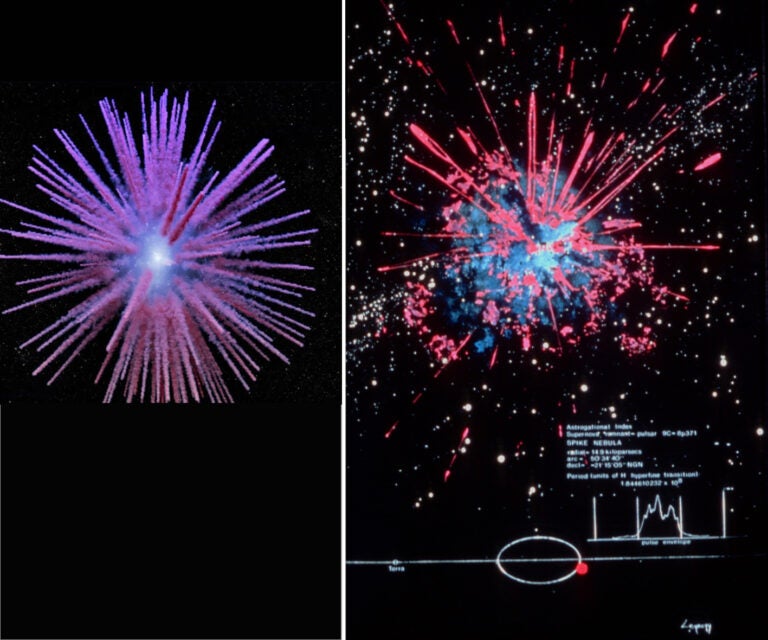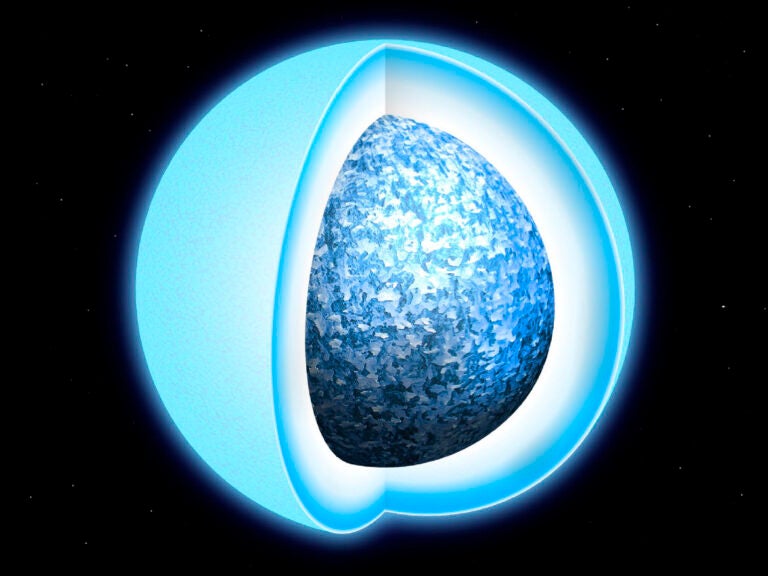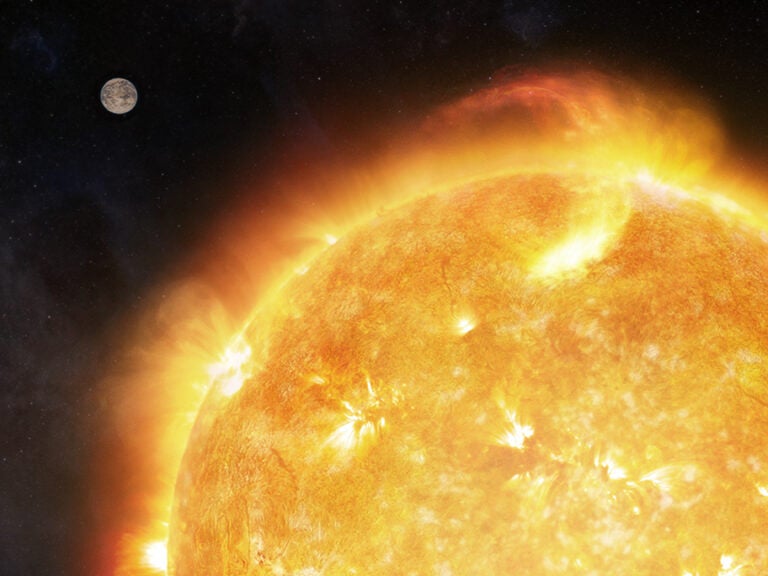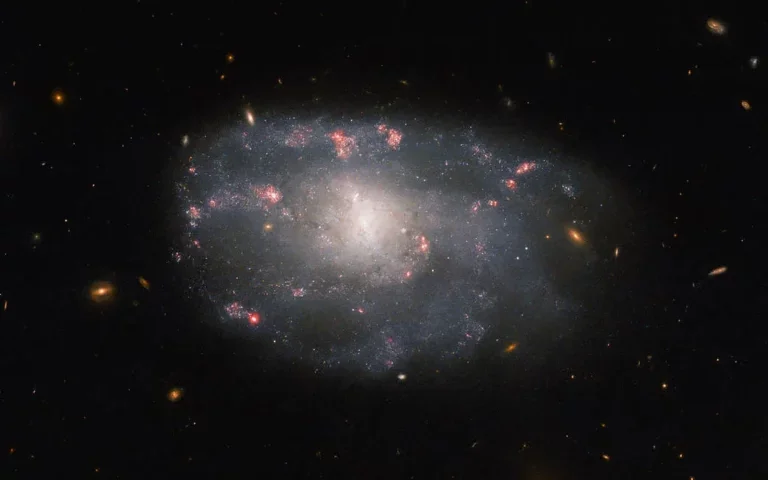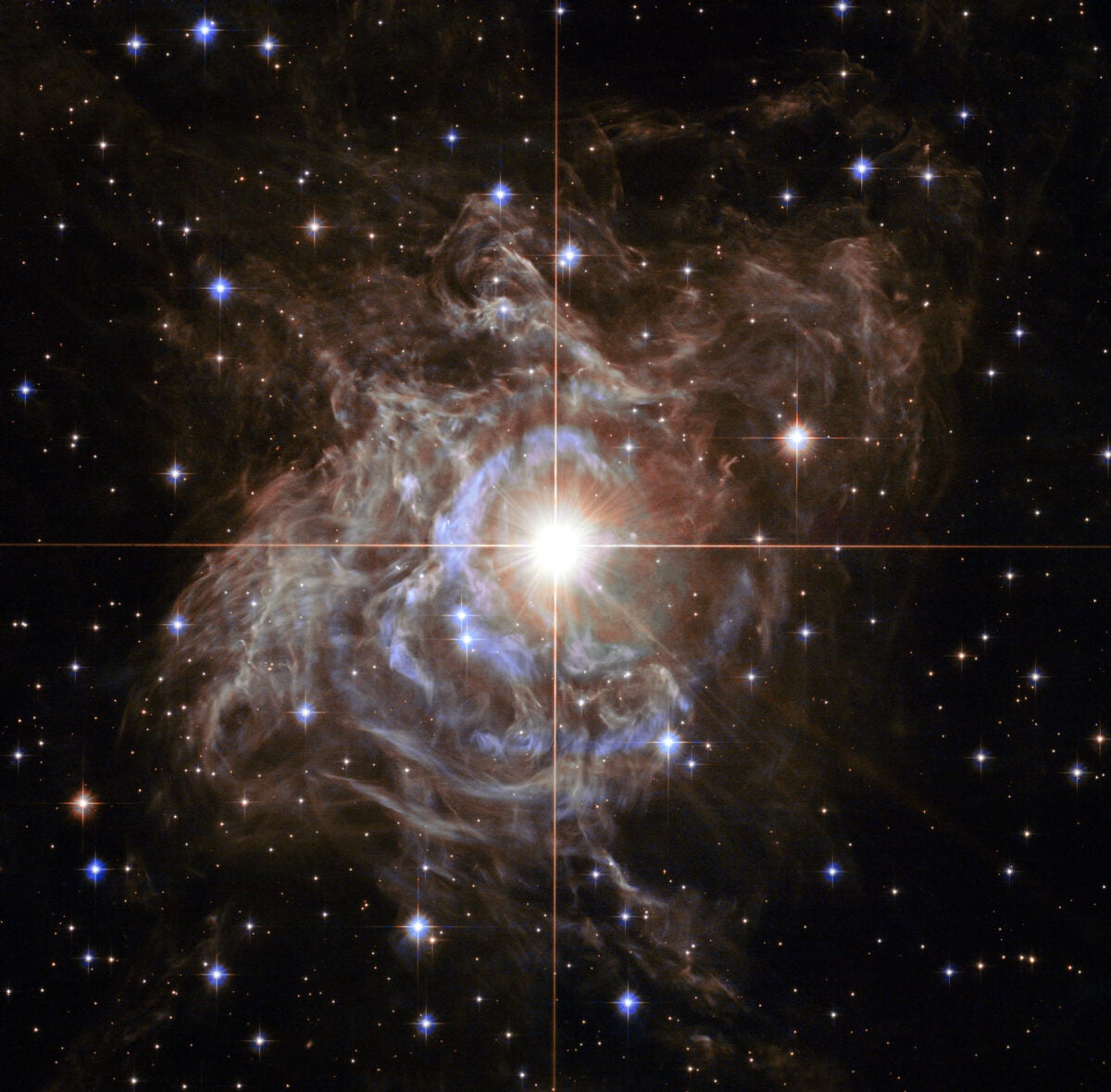
How do Cepheid variables indicate distance?
Roger Brady
Tamal, California
Cepheid variables are a type of star that undergo regular pulsations. The length of a Cepheid’s pulsations is always related to its intrinsic, or absolute, brightness in a simple way: The longer its pulsations last, the larger and brighter the star. This means that if you can measure the period of a Cepheid variable, or the time it takes to undergo one full cycle of brightness changes (say, from bright to dim to bright again), you can use a relationship called the Leavitt law to calculate the star’s intrinsic brightness. The law is named for Henrietta Swan Leavitt, who first recognized this property of Cepheids while cataloging stars at Harvard University in the early 1900s.
What makes Cepheids so valuable as distance indicators is that getting a star’s intrinsic brightness is otherwise very hard. Intrinsic brightness is an innate property of a star. It’s much easier to measure a star’s apparent brightness, which is simply how bright a star appears to us here on Earth.
If we know a star’s intrinsic brightness as well as its apparent brightness, we can use those values to easily calculate its distance. In the absence of other factors, all light sources appear dimmer with distance. A 30-watt bulb, for example, always shines with a brightness of 30 watts, but it will appear much fainter if you are standing far away.
Specifically, an object’s brightness grows dimmer by 1/d2, where d is the distance from the object. So, because we can easily glean a Cepheid’s absolute luminosity from its period, we have exactly the information we need to confidently calculate their distance.
Alison Klesman
Senior Editor
Related: The star that changed the cosmos





